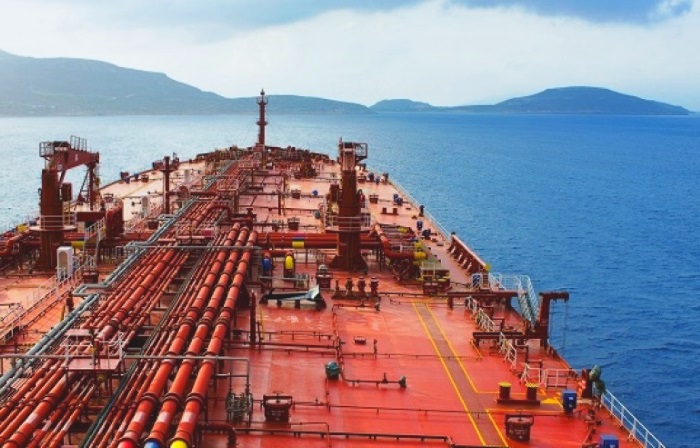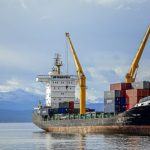An increase in returns has lured more ship owners into investing in the tanker sector, through newbuilding contracting. In its latest weekly report, shipbroker Gibson said that “investment in new tankers today is not a simple decision, considering mounting environmental pressure, uncertainty about future vessel designs and concerns about the viability of global oil demand in the long term. Despite this, ordering activity surged last year to its highest level since 2015 and has continued at a robust pace this year. Since January, circa 340 confirmed and reported tanker orders have been placed, just marginally below approximately 350 orders placed last year”.
According to Gibson, “ordering activity has been particularly strong in the VLCC segment, with 42 confirmed and 16 reported in the media, the highest number since 2015. Investment has also been relatively high for MRs, with over 130 orders placed since January, compared to circa 145 orders last year. In contrast, there has been a slowdown in orders for Suezmaxes and Aframaxes/LR2s, with 35 and 67 orders placed this year, down notably relative to last year’s investment. A rare increase in Handy and LR1/Panamax orders has also been witnessed, following years of underinvestment in these segments for most of the last decade”.
“Naturally, the tanker orderbook has swelled. LR2/Aframaxes and MRs have the highest orderbook relative to their existing fleet, at 17.5% and 17.2% respectively. The Suezmax orderbook currently stands at 15%, followed by LR1/Panamaxes, which have nearly 13% of the existing fleet on order. VLCCs still have a relatively restricted orderbook at 9.7% of the existing fleet, whilst Handies continue to have the smallest orderbook of all – at just 3.6%”, the shipbroker said.
Gibson explained that “an impressive increase in new tanker investment is for the most part driven by a major uplift in industry returns and tanker tonne miles since the Russian invasion of Ukraine and sales of predominantly aging tankers into Russian trade. For some, newbuilds may also offer better value relative to secondhand tonnage, despite a delayed delivery. Since late 2020 newbuilding prices have on average appreciated by around 55% compared to 100% to 165% growth in secondhand values, with prices of 15-year-old ships seeing the biggest gains. Another key factor that fuelled the latest surge in orders is the rapidly aging fleet. Around 40% of the existing tanker supply is 15 years of age or older, although numbers vary greatly depending on the size group. VLCCs and Suezmaxes have 35% and 37% of their fleet respectively built in 2009 or earlier, whilst Handies and LR1/Panamaxes have the oldest fleet, with 75% and 63% of their fleet being 15 years of age or older. LR2/Aframaxes and MRs sit somewhere in the middle, with 46% and 41% of their fleet built in 2009 or earlier”.
The shipbroker also noted that “with these statistics in mind, the orderbook largely pales in comparison, suggesting that on balance the size of modern, age-approved fleet is still likely to shrink over the next few years. The picture, however, is complicated by the grey fleet. According to Gibsons estimates, nearly 63% of all tankers (above 25k dwt) built in 2009 or older are either trading sanctioned Iranian, sanctioned Venezuelan and/or have been solely engaged in Russian trade over the past 6 months. The trading lifespan of these vessels is undoubtedly longer than in the conventional market, but there is no clear indication of likely scrapping age. As such, it will be very challenging, if not impossible to accurately assess the prospects for tanker demolition and evaluate it against the existing orderbook. Yet, even if these vessels are not scrapped, they remain unfixable by a large portion of the tanker market, further restricting tonnage supply to mainstream players, despite rising tanker deliveries in the years ahead”, Gibson concluded.
Source: Nikos Roussanoglou






